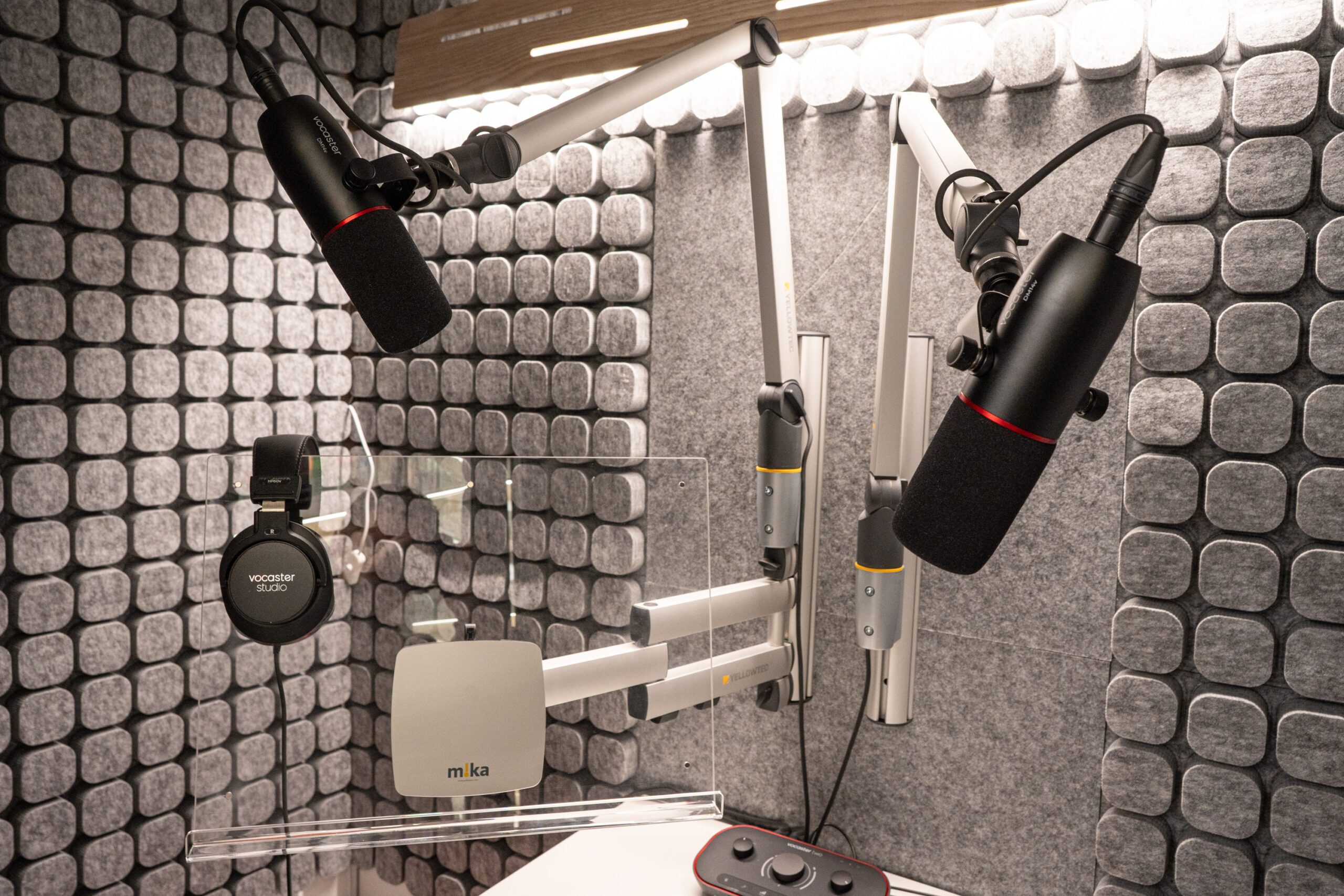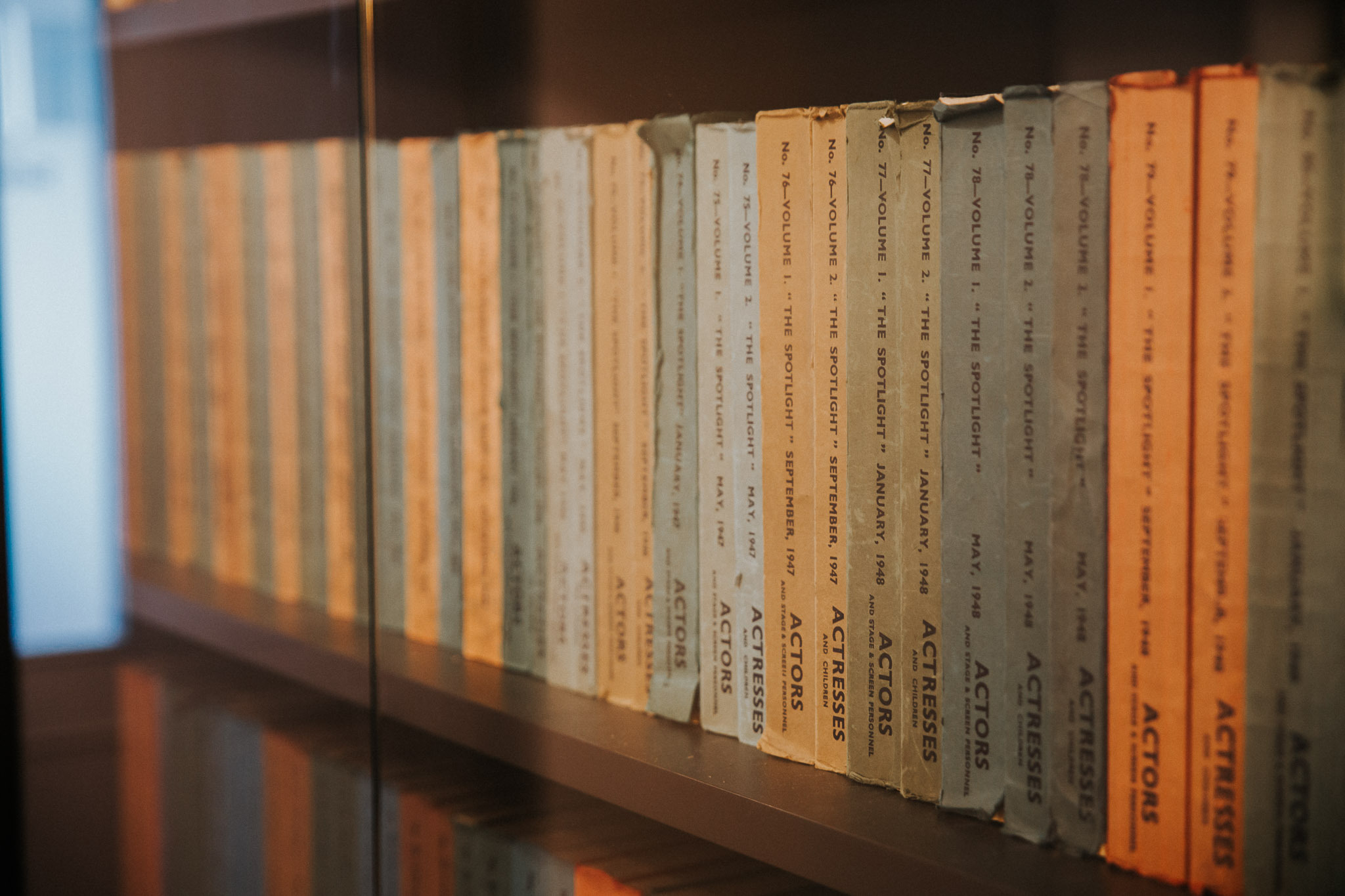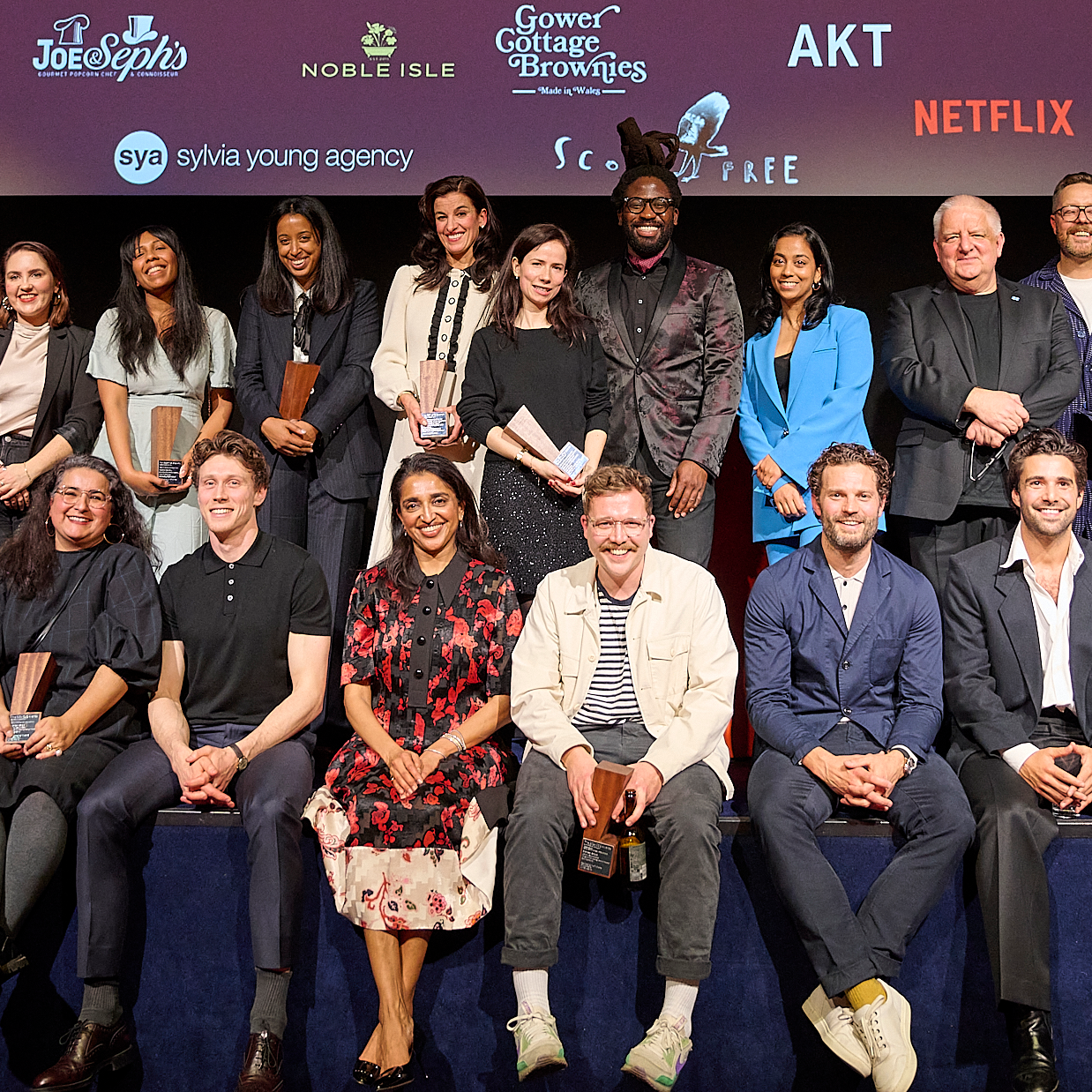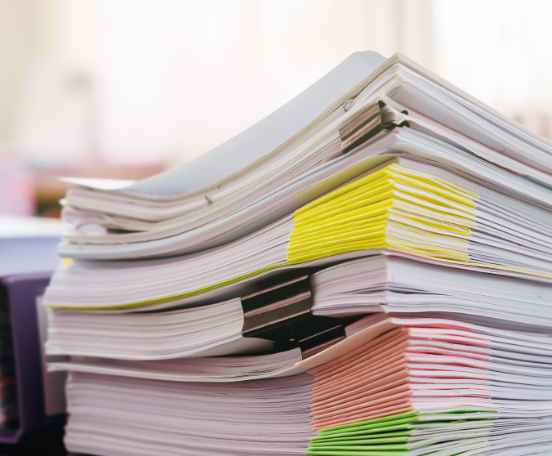What to expect on a film set and the crew you might work with
Getting cast for a role in a film is the ultimate goal for many actors and despite the nerves, the first day on set is a rewarding experience. If you’re used to working in theatre or on a student film, the amount of people you encounter may be overwhelming.
The number of crew on a film set will vary depending on the size of the project and funding. Big-budget films can employ hundreds of people, whereas independent films typically use less to keep costs down. Understanding what everyone on set does will boost your confidence and make you appear more professional.
If you’ve booked your first film role or want to know what to expect, here are the crew you’ll meet on set and what jobs everyone does.
Who do Film Actors Work With?
Casting Director
After reading a film script, the casting director liaises with the director and producers to fully understand what type of actors they’re looking for. This information is used to create a casting breakdown, distributed to actors and agents and put on casting sites like Spotlight. Casting directors have an existing directory of actors they’ll invite to audition if they think the role fits them – or they’ll contact agents or hold open casting calls to look for new talent.
Check out our interviews with casting directors about what work they do.
Director
The director is the creative lead for a film; their responsibilities often extend beyond guiding actors through their scenes. The director decides on lighting, set locations, scheduling and overseeing the editing process. Many directors – such as Steven Spielberg and Greta Gerwig – have become household names who are huge draws at the box office when attached to a project.
Take a look at our tips for working with directors.
Assistant Director
An assistant director, known as the 1st (AD), is employed on larger projects. Their role is to assist the director in coordinating the project and ensure everything runs smoothly. An assistant director’s duties include:
- Planning filming schedules
- Devising call sheets
- Working alongside the director of photography to create shot lists and storyboards
- Keeping a record of daily progress
Ultimately, the assistant director ensures the efficiency of a production, allowing the director to focus on the creative aspects of the film.
Director of Photography
Also known as the cinematographer or DOP, the director of photography works with the director to conceive how the film will look and feel. They will also supervise the lighting and camera crews and liaise with hair and make-up, wardrobe and set designers to achieve the creative vision. The cinematography of a film sets it apart and makes it memorable; iconic examples include The Shining, Amelie and Eternal Sunshine of the Spotless Mind.
Producer
The producer is with the project from its initial stages and is the ultimate decision maker who oversees it until the distribution stage. The producer makes a lot of creative decisions, including choosing the director. They are responsible for the budget, sourcing funding from investors, keeping the project on schedule and the overall health and safety of the set and crew.
Read about a day in the life of a producer on our sister site, Staff Me Up.
Production Assistant
Production assistants report to the director and assist any department with anything they need. Much of their time involves setting things up, such as lighting, props and distributing walkie-talkies. They also let everyone on set know when meal breaks are and will run ad-hoc tasks when needed.
Read more about a day in the life of a production assistant on our sister website, Staff Me Up.
Production Designer
The production designer works with the director and DOP to create the aesthetic of the interior sets and locations. They will brainstorm ideas with the director to understand the creative vision and research to ensure that they create an authentic representation of what’s in the script. The production designer manages the art department – which is generally the largest department of a film crew.
Art Director
The art director reports to the production designer and gets to work pre-production to create the required aesthetic look for each scene. They design sets and oversee their construction to achieve a well-designed production.
Gaffer
The gaffer is the head of the lighting department and the chief lighting technician. The gaffer makes notes of all the special lighting requirements in the script, devises a lighting plan to meet the director’s creative vision, oversees the lighting while filming and adjusts as required.
Key Grip
A grip sets up the equipment to support the camera on a film set, which can involve tracks, camera dollies and cranes. The key grip is the head of this department and is responsible for overseeing the assembling of the camera support systems and dismantling once finished.
Camera Operator
The camera operator controls the camera throughout the shoot and follows instructions from the DOP and director to achieve the required look. Camera operators are trained professionals and experienced with expertly framing the shot and utilising the correct lenses and camera angles. Films on a bigger scale will use a multi-camera operation and will require a team of camera operators.
Sound Technician
The sound technician works closely with the director and lighting technician to conceive the audio elements of the production. They use technical equipment to record, enhance, mix and amplify sound. They will also test and repair equipment if needed.
The Boom Operator
Boom microphones are used in films to obtain sound without obstructing the shot and the boom operator carries out this task. Other duties include attaching microphones to performers and around the set to capture the best quality audio.
Script Supervisor
The script supervisor – also known as the continuity supervisor – is responsible for detecting and avoiding discrepancies during filming. Most films are shot out of sequence, so the script supervisor follows the continuity of the filming process to ensure nothing looks out of place when they pick up later, such as sets or costumes. The script supervisor compiles a daily report for the director, which is very useful during post-production in the editing suite.
Costume Designer
The costume designer works with the director to understand the desired look for the characters in the film. Some costume designers buy ready-made outfits or source vintage pieces to fit the style, while others will make the pieces from scratch and manage a team. Costumes are a huge part of a film’s identity and Black Panther costumes created by designer Ruth E. Carter – who won two Academy Awards for the Marvel franchise – are a great example.
Hair and Make-Up Designer
Actors usually go straight into hair and make-up when they arrive, where the hair and make-up designers create looks to meet the requirements given by the director. Some productions require prosthetic make-up artists highly skilled at applying prosthetic pieces to actors’ faces and bodies, often requiring hours in the make-up chair.
Intimacy Coordinator
Up until recently, actors filming scenes of a sexual nature or involving nudity were given guidance by the director, leaving many actors afraid to speak up if they felt uncomfortable. Today, they have intimacy coordinators who are trained professionals to choreograph the scene and create a safe space for the actors.
Please take a look at our guide for more information about working with intimacy coordinators.
Production Runner
Being a production runner is how many people get their start in their careers, including Guy Ritchie and Chloe Zhao. Production runners must be strong multi-taskers; many departments rely on them to run errands and perform ad-hoc tasks at short notice.
Catering Team
Filming can involve long and tiring days, so the catering team plays a vital role in boosting energy by keeping everyone well-fed.
The number of crew required can vary from project to project and below are some others you could also meet on a film set:
- Location manager
- Executive producer
- Stunt coordinator
- Set dressers
- Prop masters
- Legal and financial advisors
Take a look at our website for more news and advice about working in film.
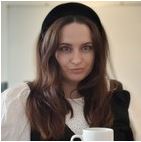 Sarah Ridgway trained as an actor and has dabbled in stand-up comedy. Sarah is now a freelance writer, and her credits include Backstage and Actors Pro Expo; she is also passionate about empowering solo female travel.
Sarah Ridgway trained as an actor and has dabbled in stand-up comedy. Sarah is now a freelance writer, and her credits include Backstage and Actors Pro Expo; she is also passionate about empowering solo female travel.







